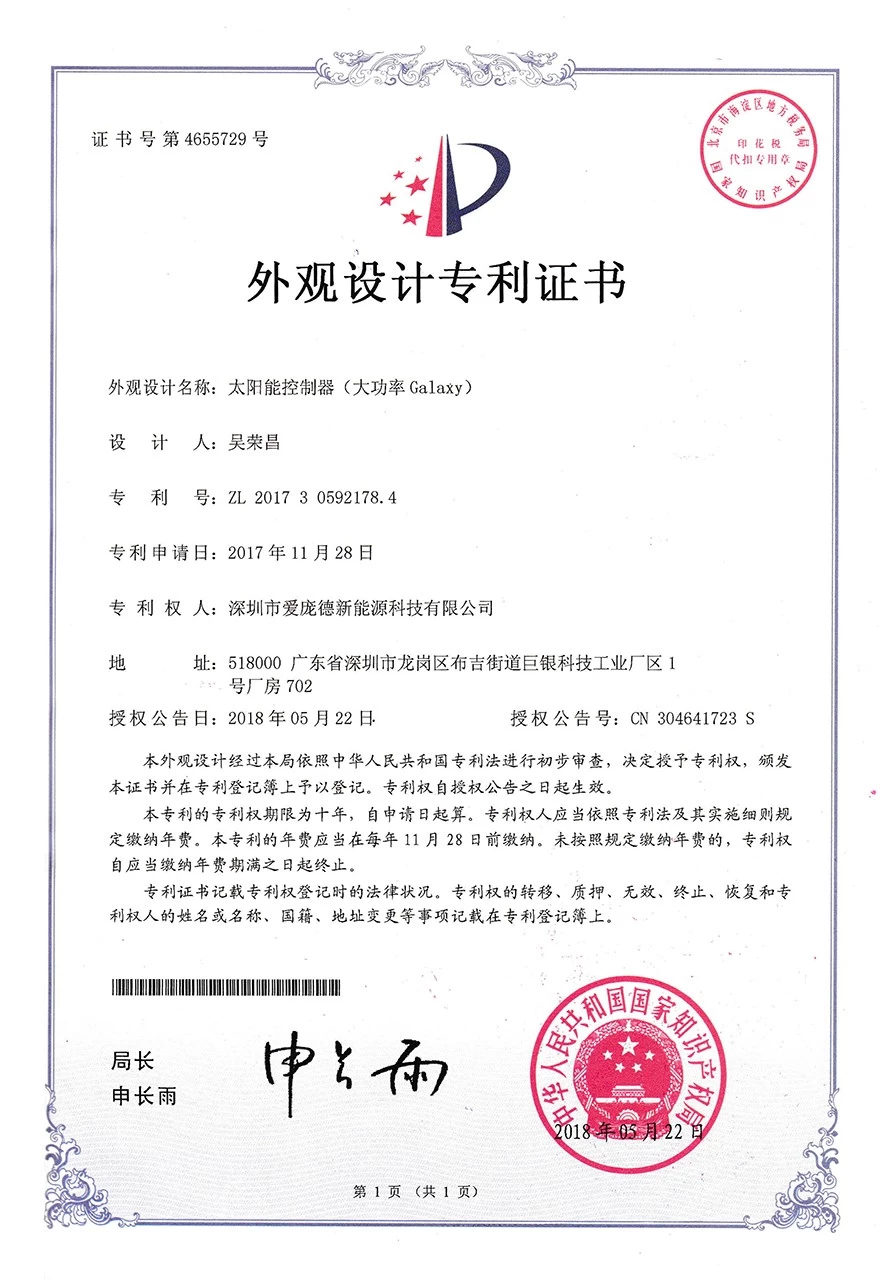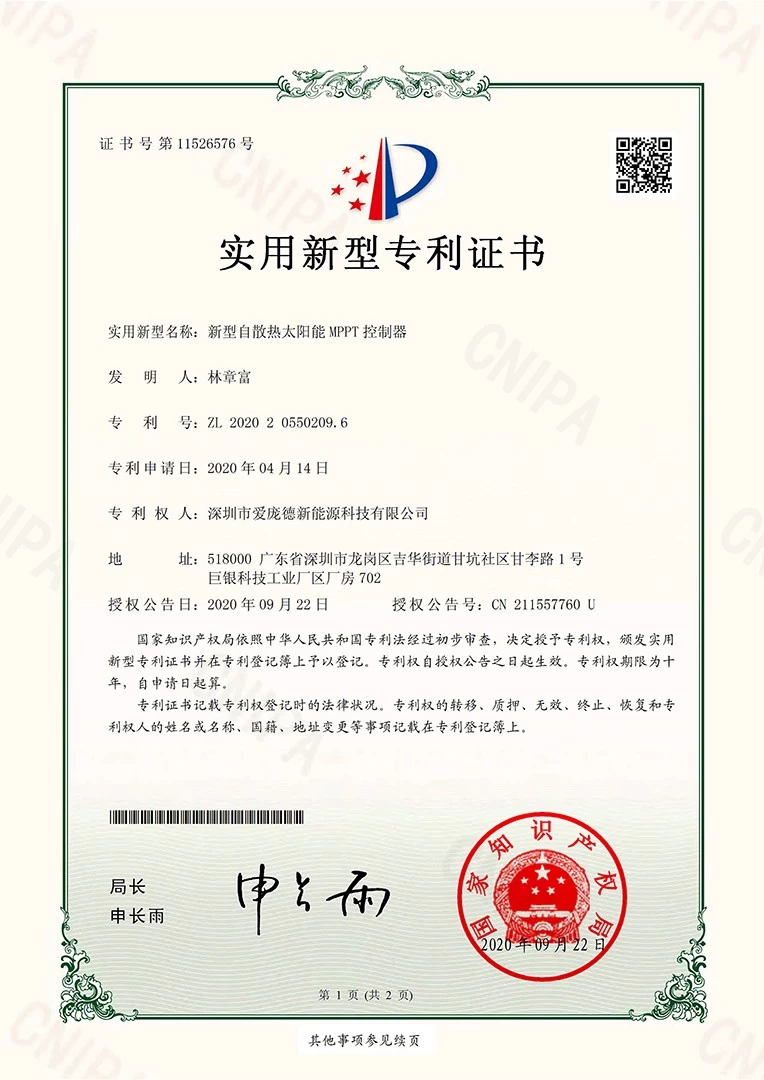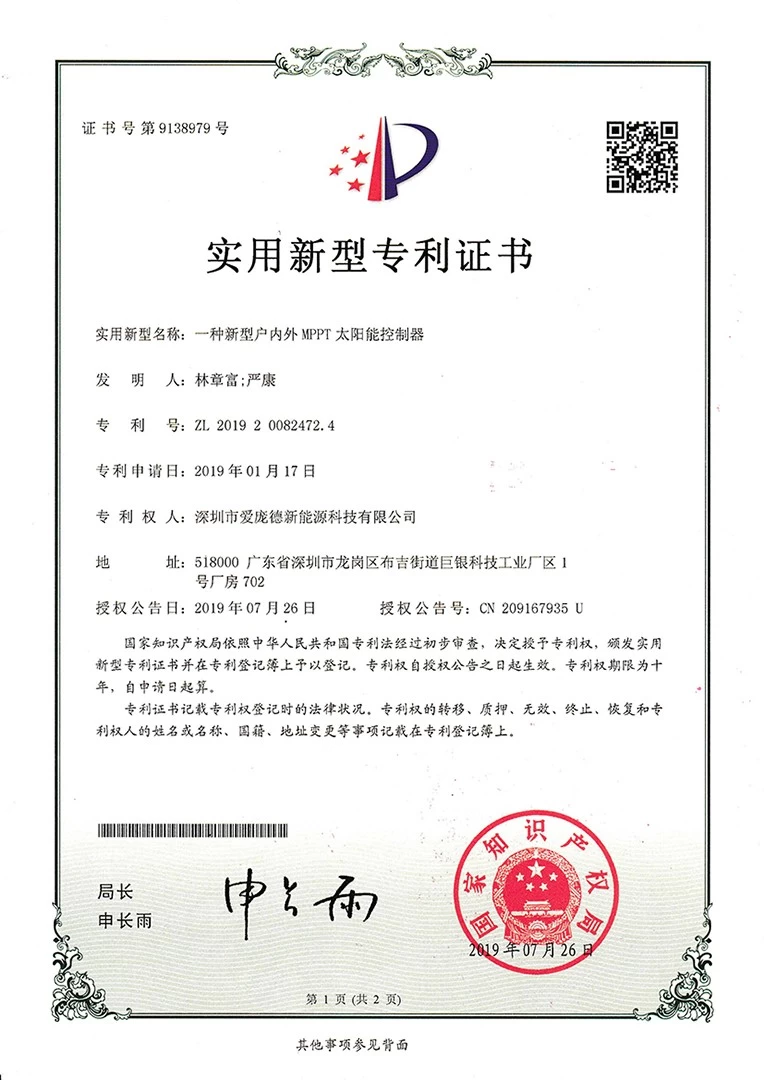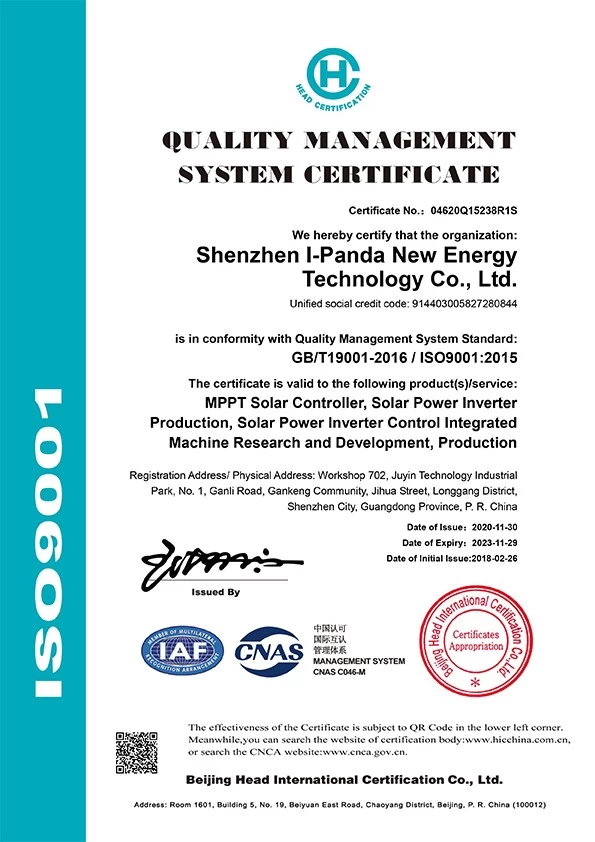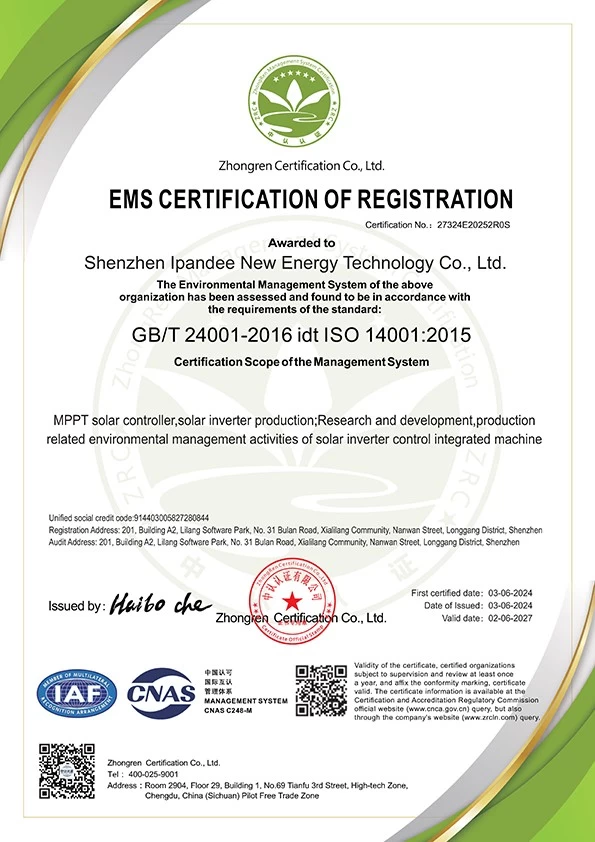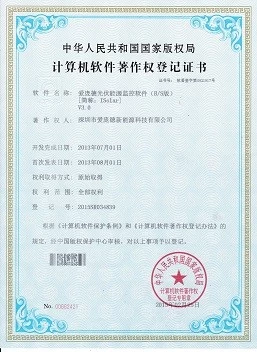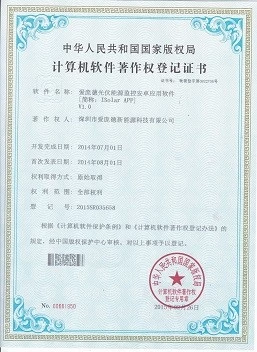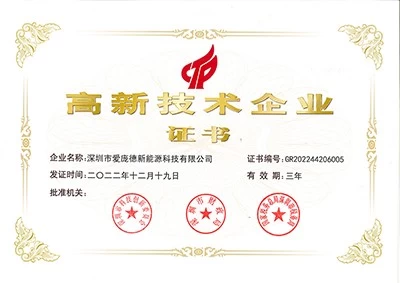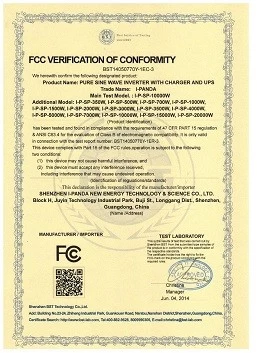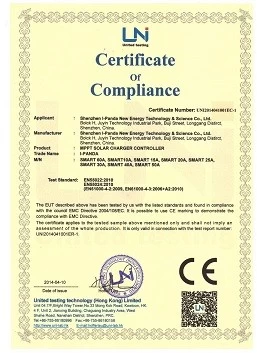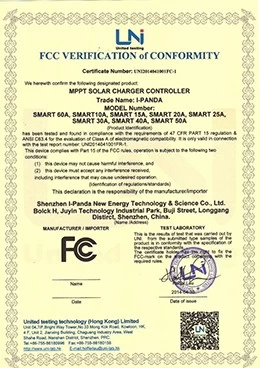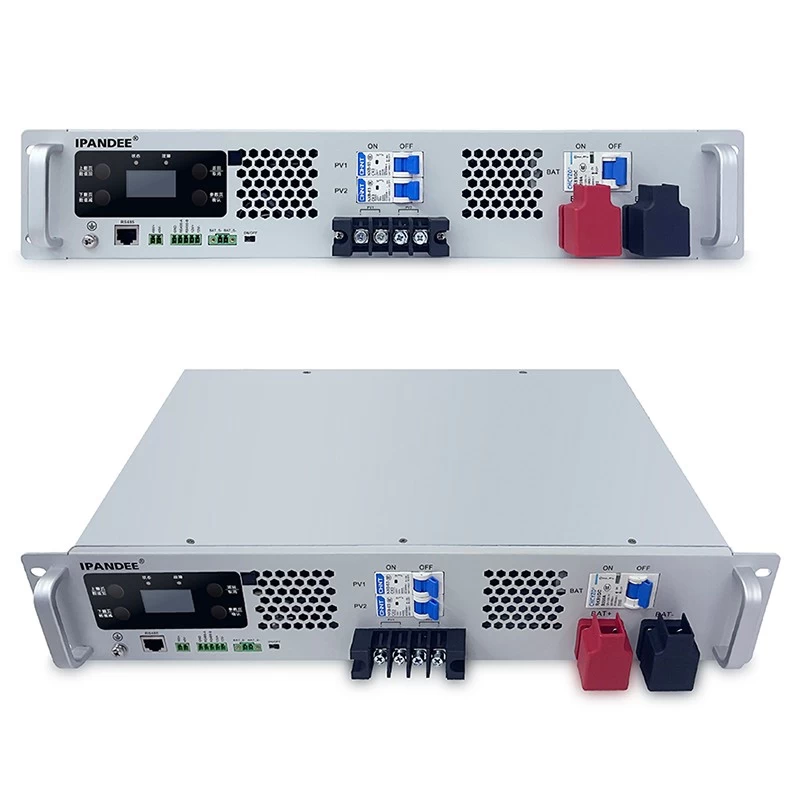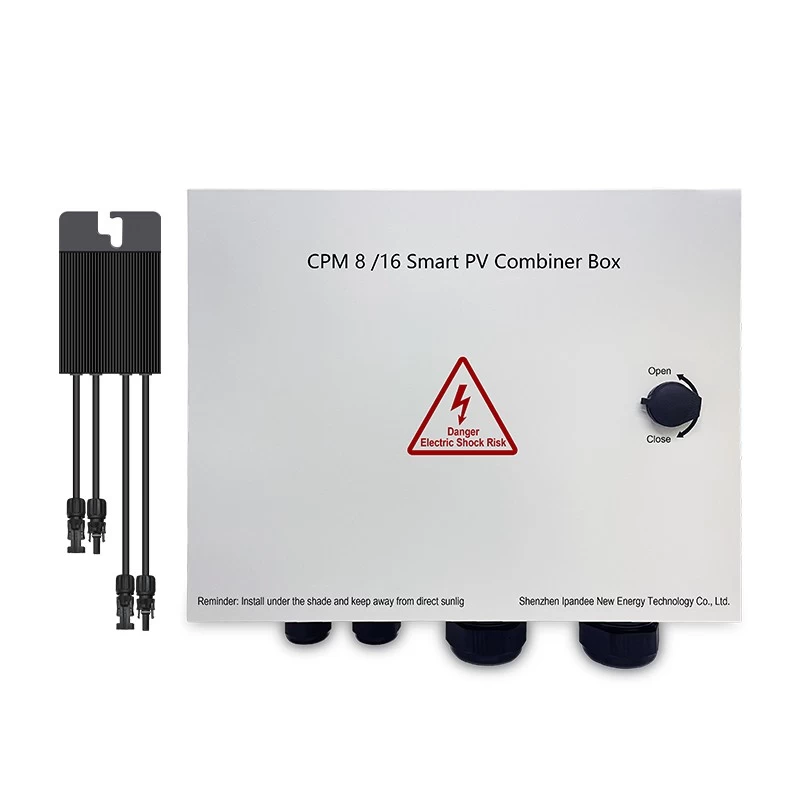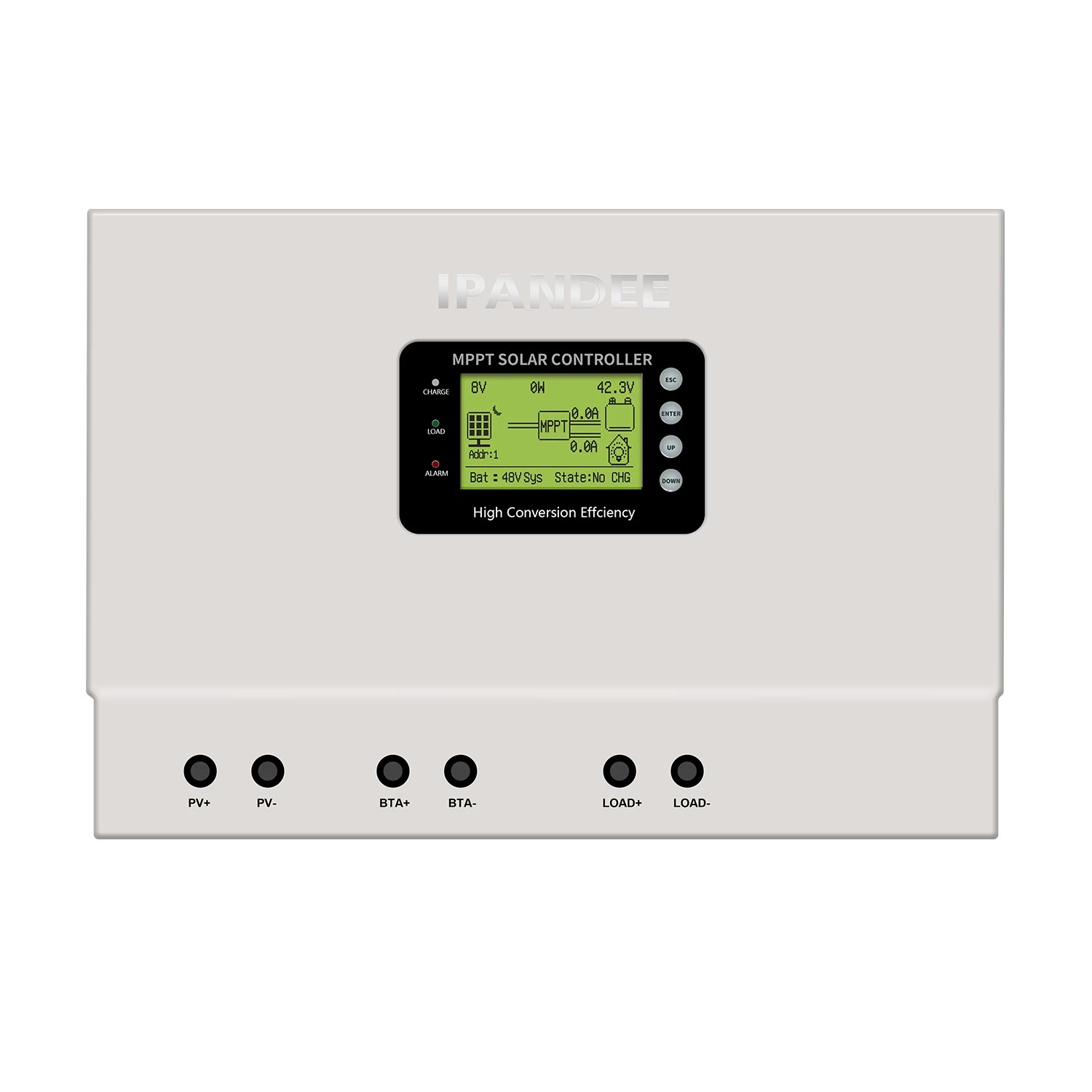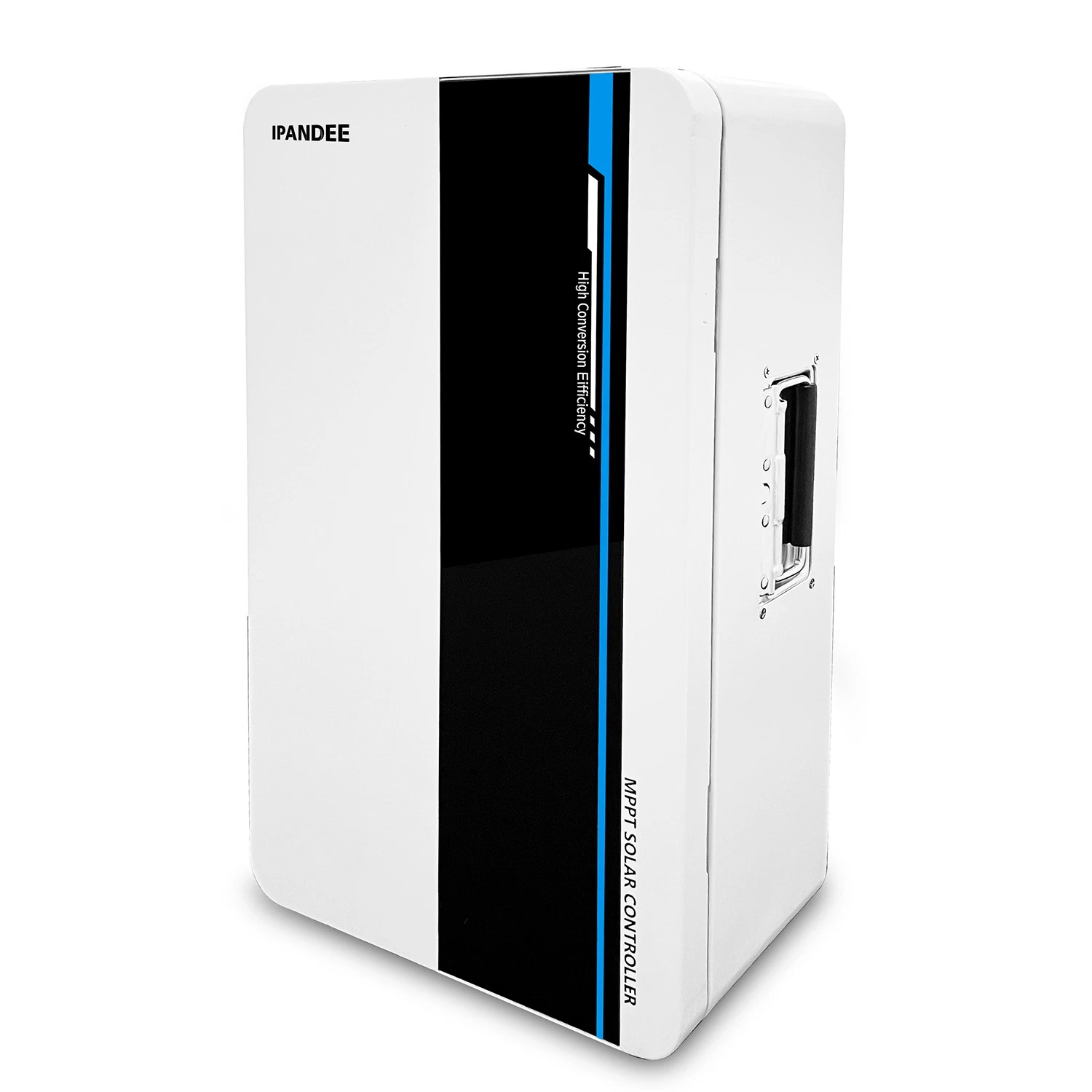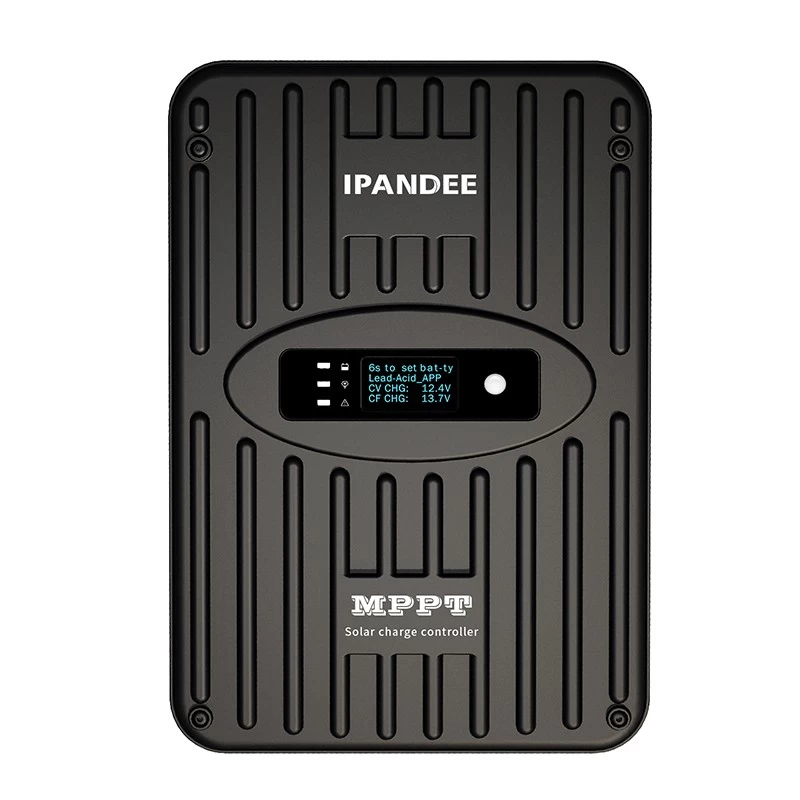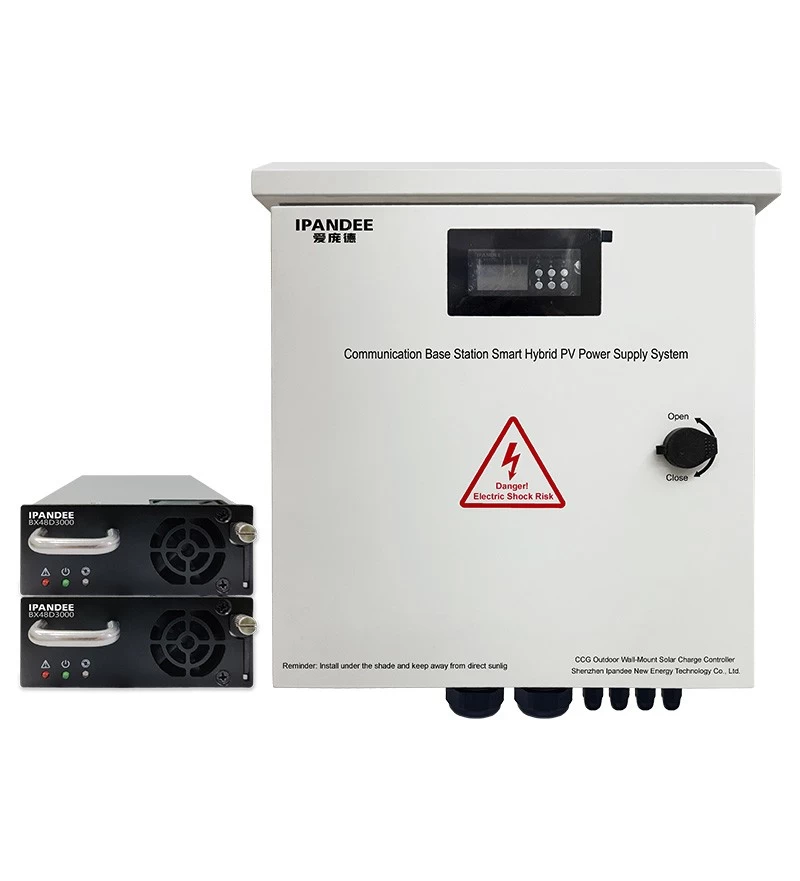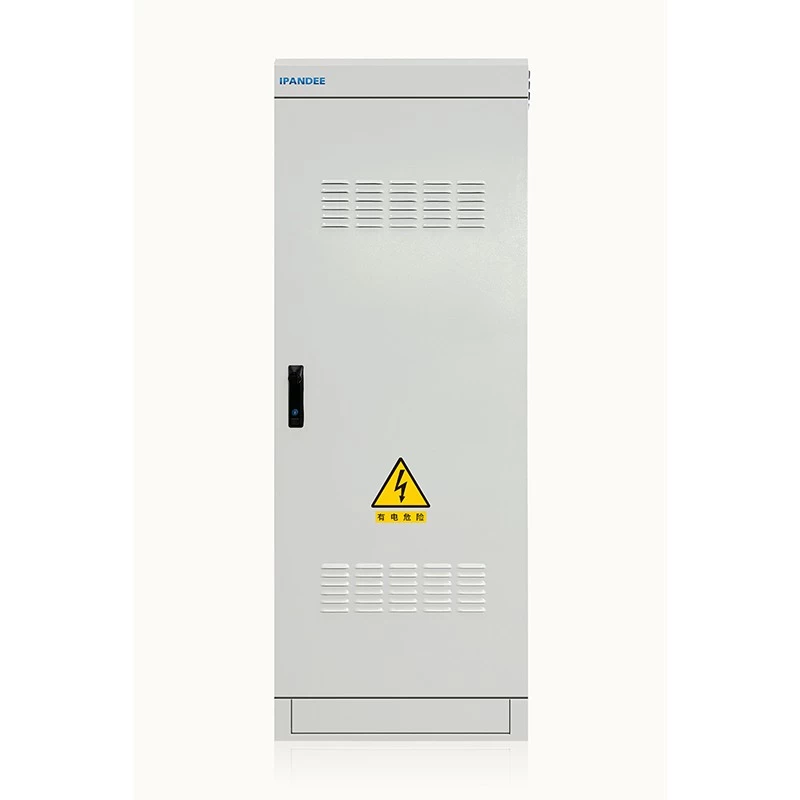Solar controller selection
One: exit the protection voltage
Some customers often find that after the solar street light is on for a period of time, especially after continuous rainy days, the street light will not light for several days or even many days, the battery voltage is detected to be normal, and the controller and the lamp are not faulty.
This problem has been puzzled by many engineering companies. In fact, this is a problem of the voltage value of "exiting undervoltage protection". The higher the value is set, the longer the recovery time after undervoltage, which causes many days to be unlit. light.
In this regard, the Industrial Edition controller allows each customer to set the voltage value for the exit protection based on the configuration. However, it is worth noting that the configuration of the panel must be reasonable. If the amount of charge per day of the panel cannot meet the discharge capacity of the night, the battery is often in deep discharge and the life is greatly shortened. Therefore, the configuration of the panel must be enlarged. The larger the configuration of the battery board, the lower the voltage of the exit protection can be set, so that it does not affect the battery.
Two: LED lamp constant current output
Due to its own characteristics, LEDs must be subjected to constant current or current limiting by technical means, otherwise they cannot be used normally. Common LED lights are achieved by adding a driving power supply to achieve constant current to the LED lights, but this drive accounts for about 10%-20% of the total power of the entire lamp, such as a theoretical 42W LED lamp, plus The actual power after driving may be around 46-50W. When calculating the solar panel power and battery capacity, it is necessary to add 10%-20% to meet the power consumption caused by the drive. In addition, the addition of the driver adds another faulty link.Industrial controllerPower-free constant current through software, high stability, reducing overall power consumption.
Three: output time
Ordinary controllers can only be set up for a number of hours, such as 4 hours or 8 hours after turning on the lights, which can no longer meet the needs of many customers. The industrial version controller can be divided into three time periods, and the time of each time period can be arbitrarily set, and each time period can be set to the closed state according to the use environment. For example, in some factories or scenic areas, no one can turn off the second time (late night), or close the second and third time periods, reducing the cost of use.
Four: LED lamp output power adjustment
inSolar energyAmong the applied luminaires, LED lamps are best suited for outputting different powers through pulse width adjustment. Limiting the pulse width or limiting the current, the duty ratio of the entire output of the LED lamp is adjusted. For example, a single 1W LED 7 string 5 and a total of 35W LED lamps are discharged at night, and the night and early morning periods can be separately performed. Power adjustment, such as 15W in the middle of the night, 25W in the morning, and lock the current, so as to meet the lighting of the night, and save the cost of the configuration of the battery board and battery. Long-term experiments have proved that the LED lamp with pulse width adjustment mode has much less heat generated by the whole lamp, which can extend the service life of the LED.
In order to achieve night-time power saving, some light factories have made 2 internal power supply for LED light, and turned off one power supply at night to achieve half of output power. However, it has been proved that this method will only lead to half of the light source. Decay, inconsistent brightness or early damage to a light source.
Five: line loss compensation
Line loss compensation function Currently, conventional controllers are difficult to do because they require software settings and are automatically compensated according to different wire diameters and line lengths. Line loss compensation is actually very important in low-voltage systems. Because the voltage is low, the line loss is relatively large. If there is no corresponding line loss voltage compensation, the output voltage may be lower than the input terminal, which will cause the battery to advance. Undervoltage protection, the actual application rate of battery capacity has been discounted. It is worth noting that when using a low voltage system, in order to reduce the line loss voltage drop, try not to use too thin cables, and the cables should not be too long.
Six: cooling
In order to reduce the cost, many controllers do not consider the heat dissipation problem. When the load current is large or the charging current is large, the heat increases, the internal resistance of the controller's field tube is increased, resulting in a significant decrease in charging efficiency, and the service life of the field tube after overheating. Greatly reduced or even burned, especially in summer, the outdoor ambient temperature is very high, so a good heat sink should be essential for the controller.
Seven: MCT charging mode
ConventionalSolar ControllerThe charging mode is a three-stage charging method that calibrates the mains charger, namely three stages of constant current, constant voltage and floating charge. Because the energy of the mains grid is infinite, if the constant current charging is not performed, it will directly cause the battery to explode and be damaged. However, the solar panel system has limited battery power, so the continuous charging method of the mains controller is not used. Scientifically, if the current generated by the panel is greater than the current limit of the first stage of the controller, then the charging efficiency is reduced. The MCT charging method is to track the maximum current of the panel without causing waste. By detecting the voltage of the battery and calculating the temperature compensation value, when the voltage of the battery is close to the peak value, a pulsed trickle charging method is adopted to fill the battery. It also prevents overcharging of the battery.
Disclaimer: The content is partly from the internet. In order to pass on more information, it does not mean agreeing to its views or confirming its description. Article content is for reference only. If there is any infringement, please contact in time.





